Through decades of manufacturing specialized webbing for demanding applications, we’ve engineered heavy-duty elastic solutions that withstand extreme loads while maintaining recovery properties. This advanced material category integrates high-performance synthetic fibers with precision weaving techniques to deliver exceptional strength-to-weight ratios.
Heavy-duty elastic webbing is a strong, stretchable material made by weaving elastic fibers like polyester, spandex, or rubber. It’s designed to support loads between 6,500 and 20,000+ pounds while maintaining elasticity under repeated stress. It combines load-bearing strength with reliable recovery, making it ideal for demanding, safety-critical applications.
In this comprehensive guide, we’ll explore the manufacturing processes, material considerations, and customization options that make heavy-duty elastic webbing suitable for your specific requirements, along with key factors to consider when ordering custom solutions.
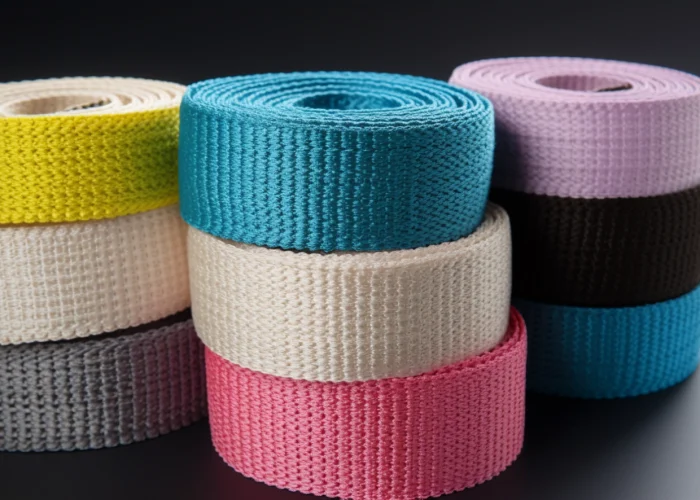

Webbing manufacturing expert with 15+ years of experience helping product developers build high-performance straps for industrial, medical, and outdoor use.
Yes—heavy-duty elastic webbing is suitable for load-bearing applications that involve dynamic stress and movement, such as cargo tie-downs or shock-absorbing safety gear. Depending on material and width, these webbings offer breaking strengths from 6,500 to over 20,000 lbs.
From our manufacturing experience, woven elastic webbing outperforms braided in both strength retention and fatigue resistance. It’s ideal for:
Avoid elastic types in applications where rigid positioning or zero deflection is required—use non-elastic webbing in these cases. Military-grade elastic webbings like MIL-W-4088 Type IV meet requirements for tensile strength, handling durability, and tactical use. For regulated industries, verify material compliance (e.g., REACH, ISO, OEKO-TEX®) before deployment.
Design Takeaway:
Specify webbing with a minimum 4x safety factor, define whether your load is static or dynamic, and choose woven elastic for shock-sensitive or movement-intensive applications. For rigid or fixed-load designs, specify non-elastic heavy-duty polyester or nylon webbing for optimal control.
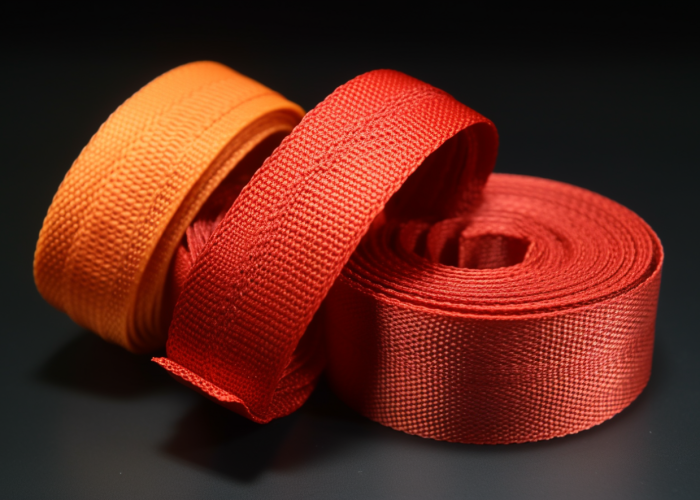
Choose heavy-duty elastic webbing when the application requires over 500 lbs working load, faces abrasion, UV, or moisture exposure, or involves repeated stretching under tension. Use standard elastic webbing only for light-duty, indoor applications under 500 lbs where environmental and fatigue demands are low.
Breaking strength comparison:
Choose heavy-duty for:
Choose standard for:
From manufacturing experience, heavy-duty webbing justifies its cost premium in applications where failure consequences are severe or replacement is difficult. Heavy-duty webbing costs 2-4x more initially but often provides 5-10x longer service life in demanding applications.
Selection criteria: Specify heavy-duty when working loads exceed 500 lbs, environmental conditions are harsh, or product liability requires maximum safety margins. Standard elastic suffices for indoor, low-stress applications where cost optimization is prioritized.
Woven construction offers the best heavy-duty performance for elastic webbing, delivering 20–30% higher tensile strength, improved load distribution, and minimal width distortion under tension. In contrast, braided webbing prioritizes flexibility but sacrifices strength and structural stability, making it less suitable for demanding load-bearing applications.
Construction method comparison:
Synthetic fiber performance hierarchy:
From our manufacturing expertise, woven elastic with polyester core and elastane integration delivers optimal balance of strength, elasticity, and environmental resistance. The woven structure prevents catastrophic failure by distributing stress across multiple fiber intersections.
Look for consistent width under stretch, smooth edge finish, and specified elongation recovery within 5% of original length after 1,000 cycles.
✅ Design Tip: For high-strength elastic webbing, specify:
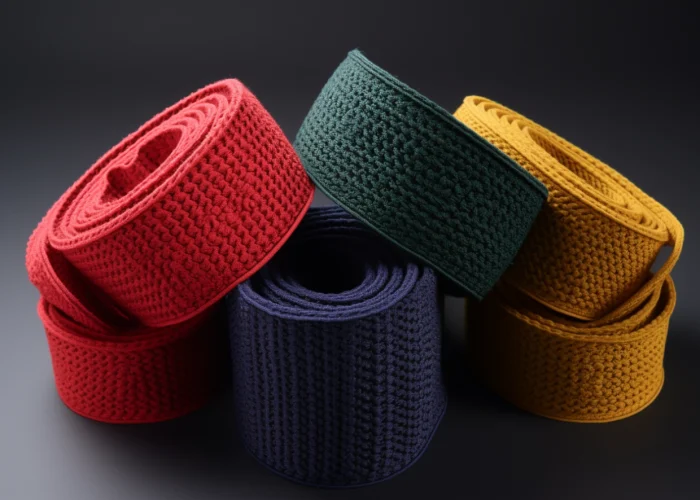
Heavy-duty elastic webbing is essential in applications demanding high load tolerance, durability, and regulatory compliance. These include military gear (e.g., load-bearing vests), transportation restraints, aircraft seating, and marine safety equipment—where failure is not an option and performance under stress is critical.
Military & Tactical Use Cases:
Transportation & Marine Applications:
From manufacturing experience, these industries specify heavy-duty elastic webbing because standard alternatives cannot meet safety factors, environmental requirements, or regulatory standards. Cost is secondary to performance reliability and compliance.
Military applications require MIL-W-5664 and MIL-W-4088 standards compliance, while aviation demands FAA-approved materials with flame resistance. Marine environments need UV stability and salt water resistance.
Selection criteria: Breaking strength requirements, environmental exposure duration, regulatory compliance needs, and failure consequence severity determine specification requirements. These applications typically require engineering consultation for optimal material selection and lot-specific testing data with material certifications.
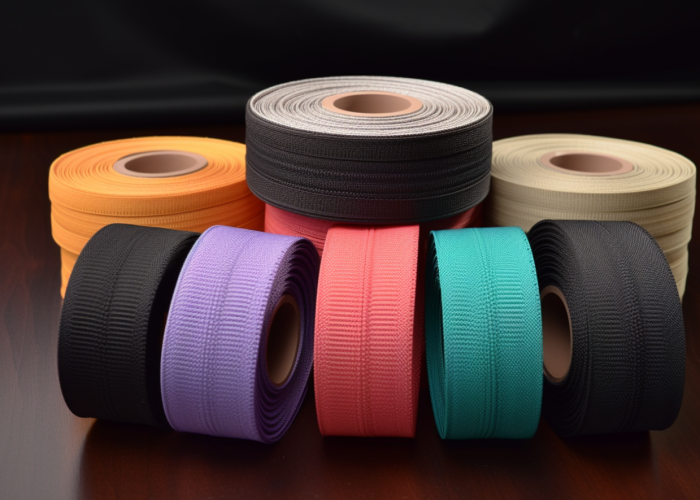
Heavy-duty elastic webbing load capacity is tested using tensile machines that pull the material until failure. Key metrics include breaking strength, elongation, and recovery. Standard methods like ASTM D5034 assess tensile strength, while cyclic fatigue tests measure durability under repeated stretching.
Standard testing procedures:
Key performance metrics:
Testing standards by application:
From our manufacturing experience, proper testing requires controlled temperature (68°F ± 4°F) and humidity conditions. Sample preparation involves cutting specimens to specific dimensions and allowing conditioning time before testing. Quality control testing occurs on every production lot to ensure consistency.
🔸 Field Testing Gradual loading to working limits, visual inspection for fiber separation, and measurement of width retention under stretch. Look for uniform stretch distribution and absence of stress concentration points.
✅ Verification Protocol:
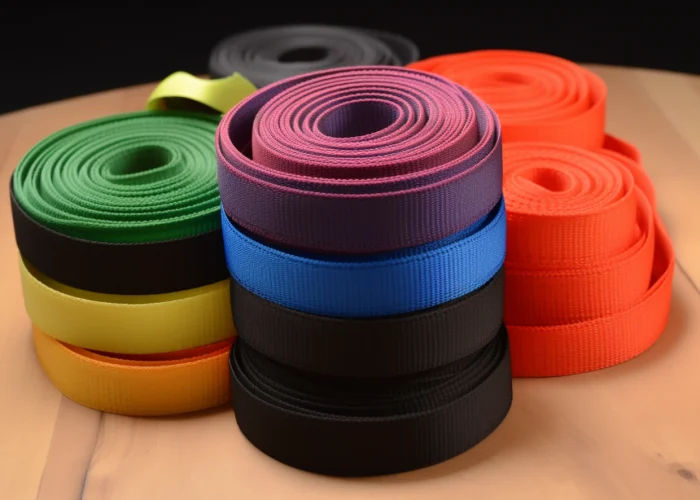
Compliance standards for heavy-duty elastic webbing depend on application. Military use follows MIL-W-4088 or MIL-W-5664; transportation applications may require DOT or FAA certification; and workplace safety may fall under OSHA or ANSI. Material safety often needs REACH, OEKO-TEX Standard 100, and RoHS compliance.
Category Standard/Regulation Key Requirement
Military MIL-W-4088 Type IV Load-bearing tactical webbing
Military Berry Amendment U.S. origin requirement for DoD contracts
Safety OSHA 1926.95 PPE standards for industrial use
Consumer/General OEKO-TEX® Standard 100 Skin-contact textile safety
International REACH (EU) Chemical content and environmental protection
Transportation and safety regulations:
International compliance frameworks:
From our manufacturing expertise, compliance verification requires material testing documentation, supplier certifications, and traceability records. Different markets demand specific certifications—military contracts require Berry Amendment compliance, while European markets need REACH registration.
Quality assurance includes lot-specific testing data, material composition documentation, and performance verification against specified standards.
✅ Compliance Checklist:
Heavy-duty elastic webbing delivers superior load-bearing performance for demanding applications requiring strength and elasticity. Polyester woven construction with proper testing verification ensures optimal durability and compliance. We support product developers in selecting application-ready materials through engineering consultation and comprehensive material testing services.
Choose breaking strength 4x your maximum expected load. Cargo restraints typically need 2,000-10,000 lbs capacity, safety equipment requires 5,000+ lbs, while furniture applications work with 500-2,000 lbs. Our engineering team helps optimize specifications for your specific requirements.
Yes, when OSHA/ANSI compliant with proper safety ratios. Use 5:1 safety factor minimum—10,000 lb webbing safely lifts 2,000 lbs maximum. Verify certifications match your application requirements and local regulations before deployment in critical lifting operations.
Woven construction provides 20-30% higher strength and better load distribution for heavy-duty applications. Braided offers more flexibility but compromises strength. For loads above 1,000 lbs or safety-critical uses, specify woven construction for optimal performance and reliability.
Yes, we provide lot-specific testing data, material certifications (REACH, OEKO-TEX, MIL-SPEC), and compliance documentation. Our quality systems meet ISO 9001 standards with full traceability from raw materials to finished products for audit requirements.
Solution-dyed polyester heavy-duty webbing maintains 90%+ strength after 1,000 hours UV exposure and resists salt water degradation. From our manufacturing experience, proper material selection extends service life 5-10 years outdoors versus 1-2 years for standard materials.
Heavy-duty costs 2-4x more initially but delivers 5-10x longer service life in demanding applications. Total cost of ownership often favors heavy-duty for industrial, military, or safety-critical uses where replacement costs and downtime exceed material savings.